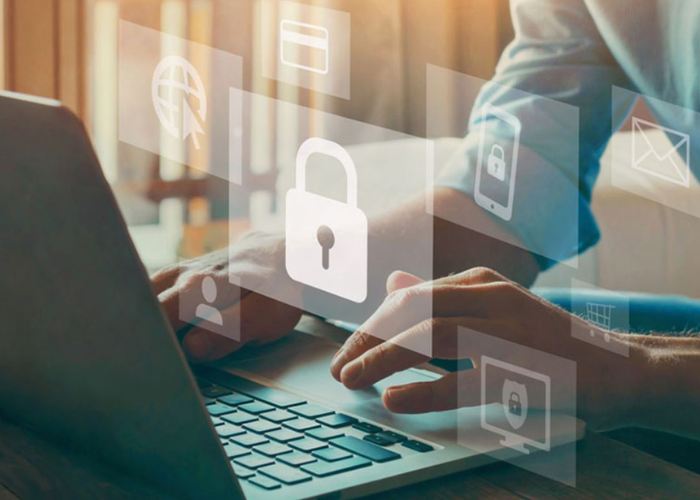The digital world is ever-changing, and it can be difficult to keep up with the latest technology and the associated risks and rewards. That’s why cybersecurity is so important. Cybersecurity is the practice of protecting networks, systems, and programs from digital attacks. These attacks are usually aimed at accessing, changing, or destroying sensitive information, extorting money from users, or interrupting normal business processes. Cybersecurity is a growing field, as businesses and individuals become increasingly dependent on the interconnected world of the internet.
Overview of Cybersecurity
Cybersecurity is a multi-layered approach to protecting networks, systems, and programs from digital attacks. It encompasses a variety of measures, from technical solutions such as firewalls and antivirus software, to user-level measures such as strong passwords and two-factor authentication. Cybersecurity is an ongoing process, and it requires ongoing effort to stay ahead of the ever-evolving tactics of hackers and cyber criminals.
Cybersecurity professionals work to detect and prevent intrusions, malicious activity, and other threats to networks and systems. They use a variety of tools and techniques to identify and respond to potential threats, including threat intelligence, security assessments, and incident response. Cybersecurity professionals also monitor networks and systems for suspicious activity, and develop policies and procedures to protect data and ensure compliance with security standards.
Benefits of Digital Interaction
The interconnected nature of the internet has enabled businesses to communicate and collaborate with customers, partners, and employees in ways that weren’t possible before. This has opened up a world of possibilities for businesses, allowing them to reach new markets, increase efficiency, and reduce costs.
The digital world also offers individuals a wealth of opportunities. Social media, online shopping, and other digital services have made it easier than ever to connect with friends, find new products and services, and stay informed about the news and events around the world.
Challenges of Interconnectedness
While the interconnected world of the internet has its benefits, it also carries risks. As more businesses and individuals rely on digital platforms and services, the potential for cybercrime increases. Cybercriminals often target businesses to gain access to sensitive information or extort money from users. They may also target individuals, using social engineering techniques to exploit personal data or access financial accounts.
The interconnected nature of the internet also makes it difficult to control the spread of malicious content. Malware, ransomware, and other malicious software can be easily spread through email, social media, and other digital channels. And with the rise of the Internet of Things, attackers have a growing number of devices to target.
Best Practices for Protecting Data and Privacy
Protecting data and privacy is a critical component of cybersecurity. Businesses and individuals must take steps to ensure that their data is secure and their privacy is protected. This includes using strong passwords, encrypting data, and limiting access to sensitive information.
Businesses should also develop policies and procedures for protecting data, including procedures for responding to security incidents. They should also use two-factor authentication, or multi-factor authentication, to verify users and protect accounts. Additionally, businesses should use secure cloud services and keep software up-to-date to reduce the risk of malicious attacks.
Cybersecurity Strategies for Businesses
Businesses must take a proactive approach to cybersecurity. This includes developing policies and procedures for protecting data and responding to security incidents, as well as implementing technical solutions such as firewalls and antivirus software. Businesses should also invest in user education and awareness, and use tools such as threat intelligence to detect and respond to threats. Additionally, businesses should regularly assess their security posture and make adjustments as needed.
Conclusion
Cybersecurity is essential for protecting data and privacy in the digital world. It requires a multi-layered approach, encompassing technical solutions, user-level measures, and ongoing monitoring and assessment. Businesses must take steps to ensure that their data is secure and their privacy is protected, and they should also invest in user education and awareness. By following best practices for cybersecurity, businesses can protect themselves and their customers from the ever-evolving tactics of cybercriminals.






